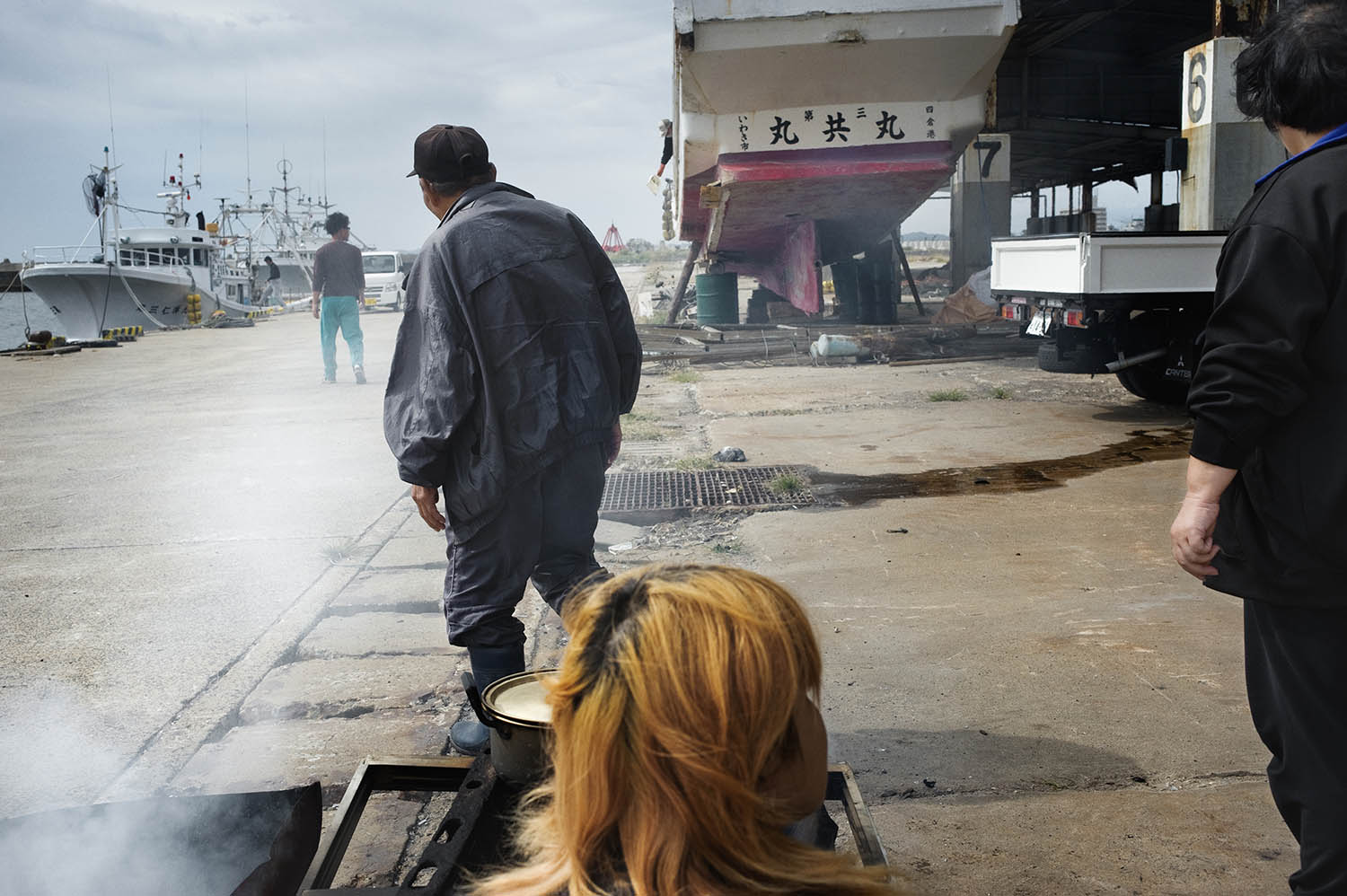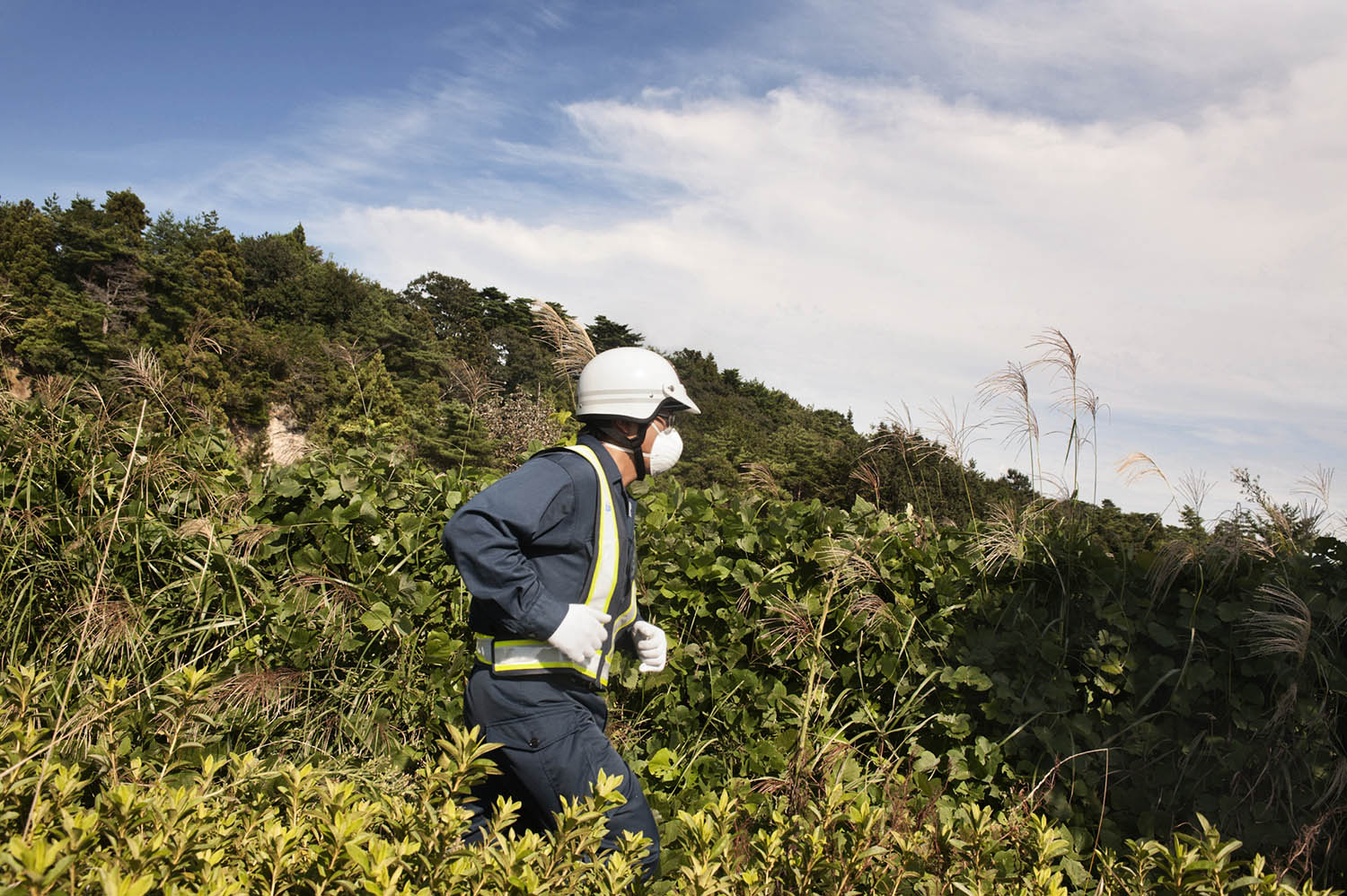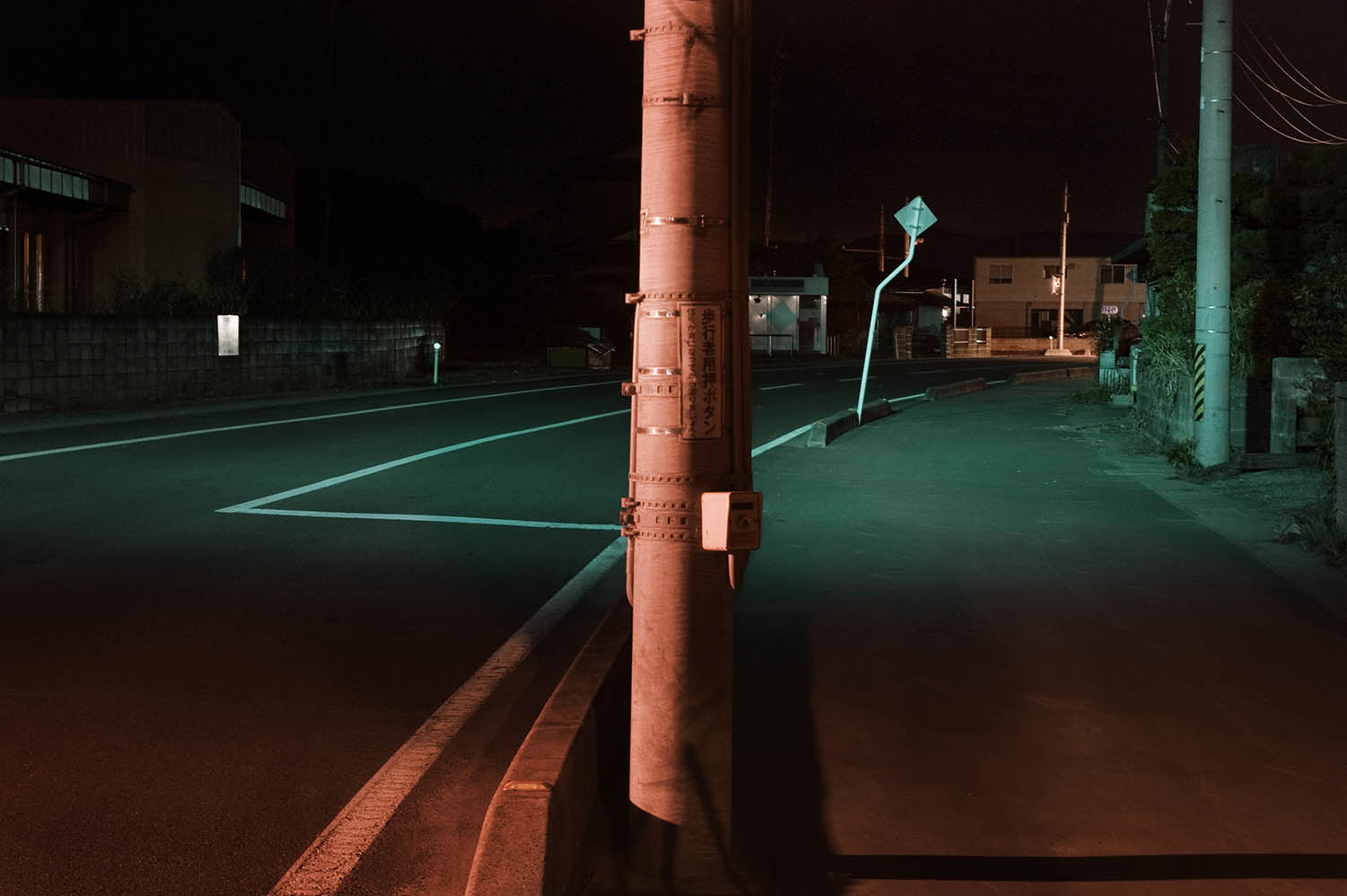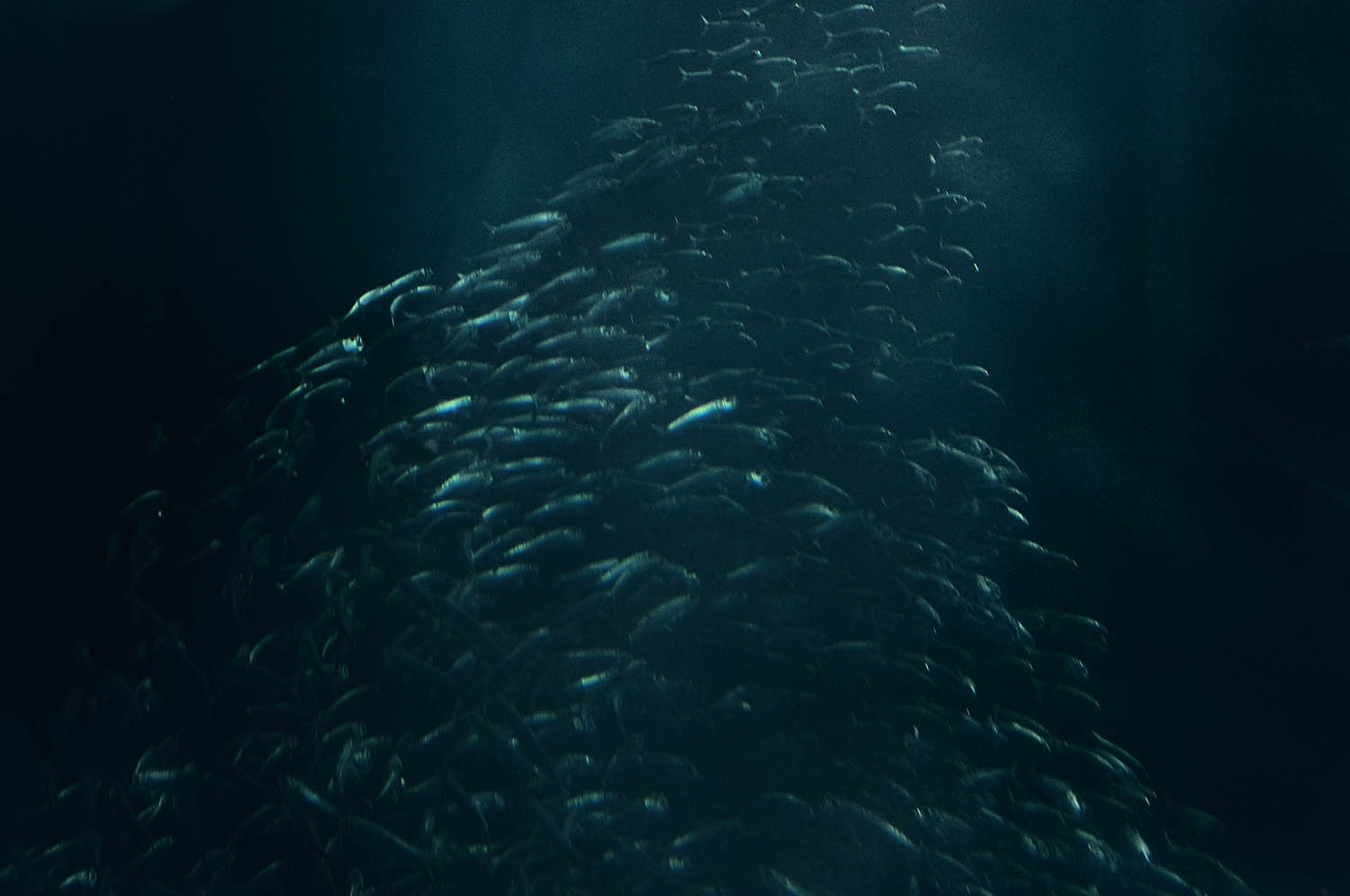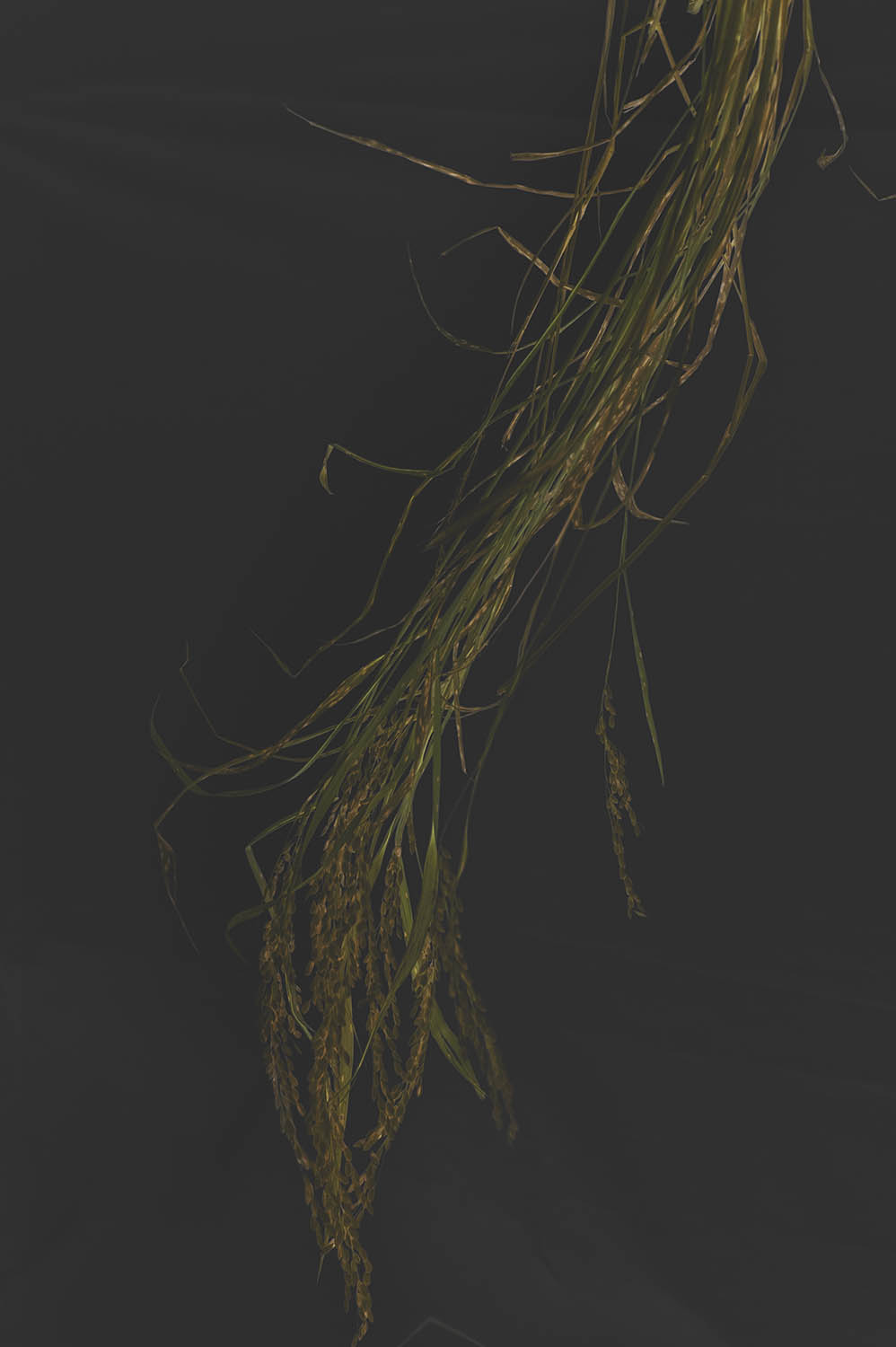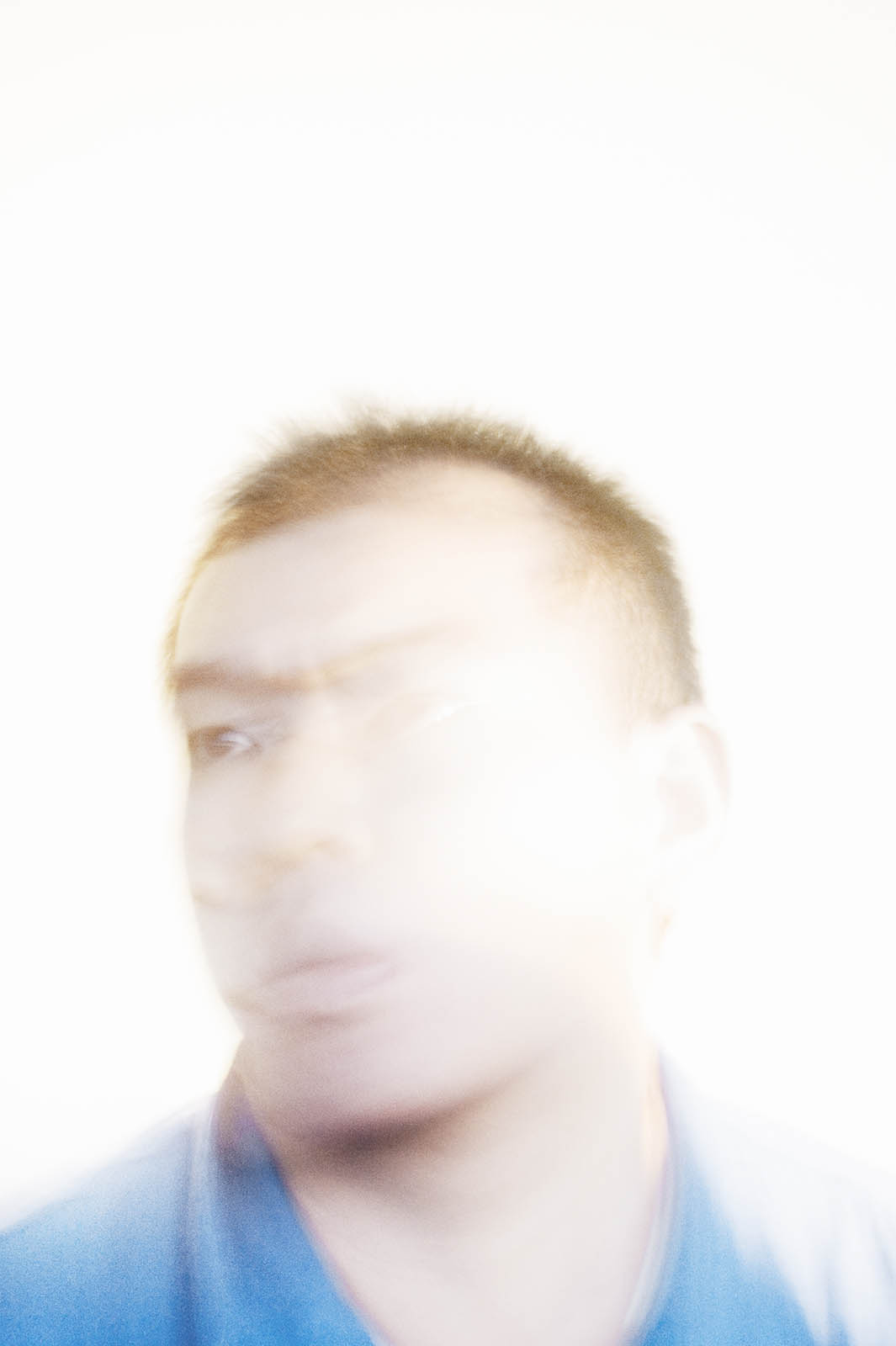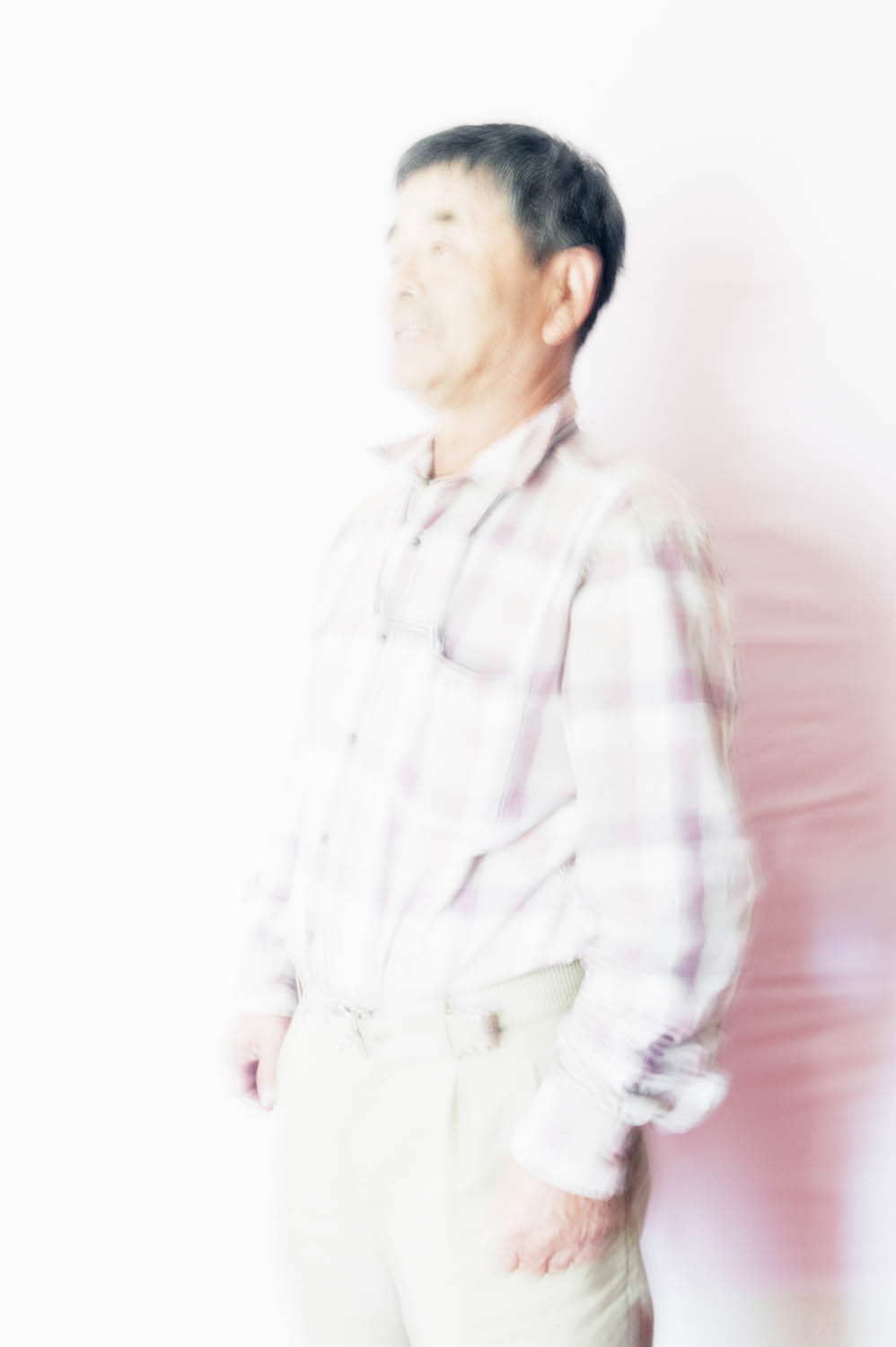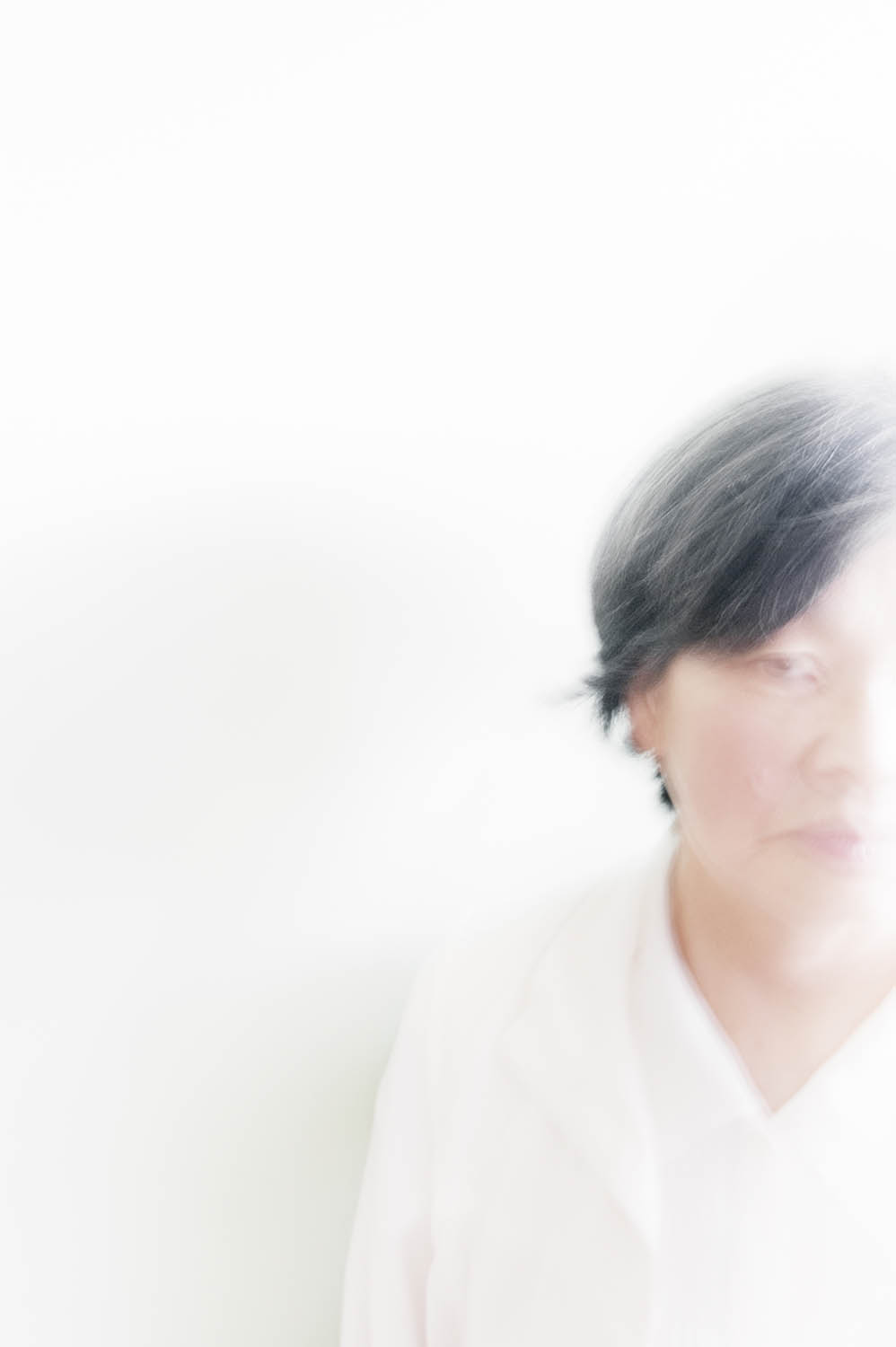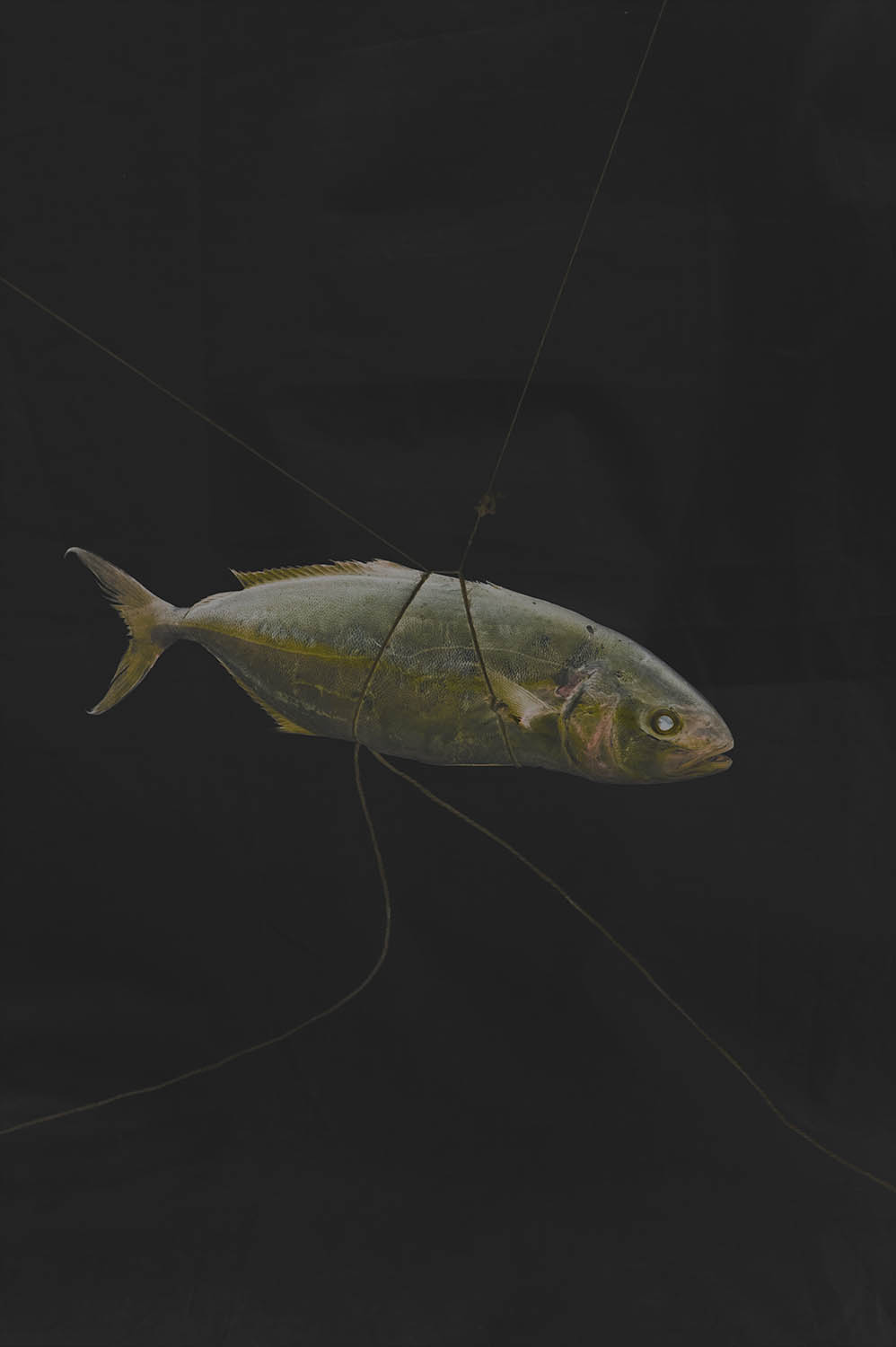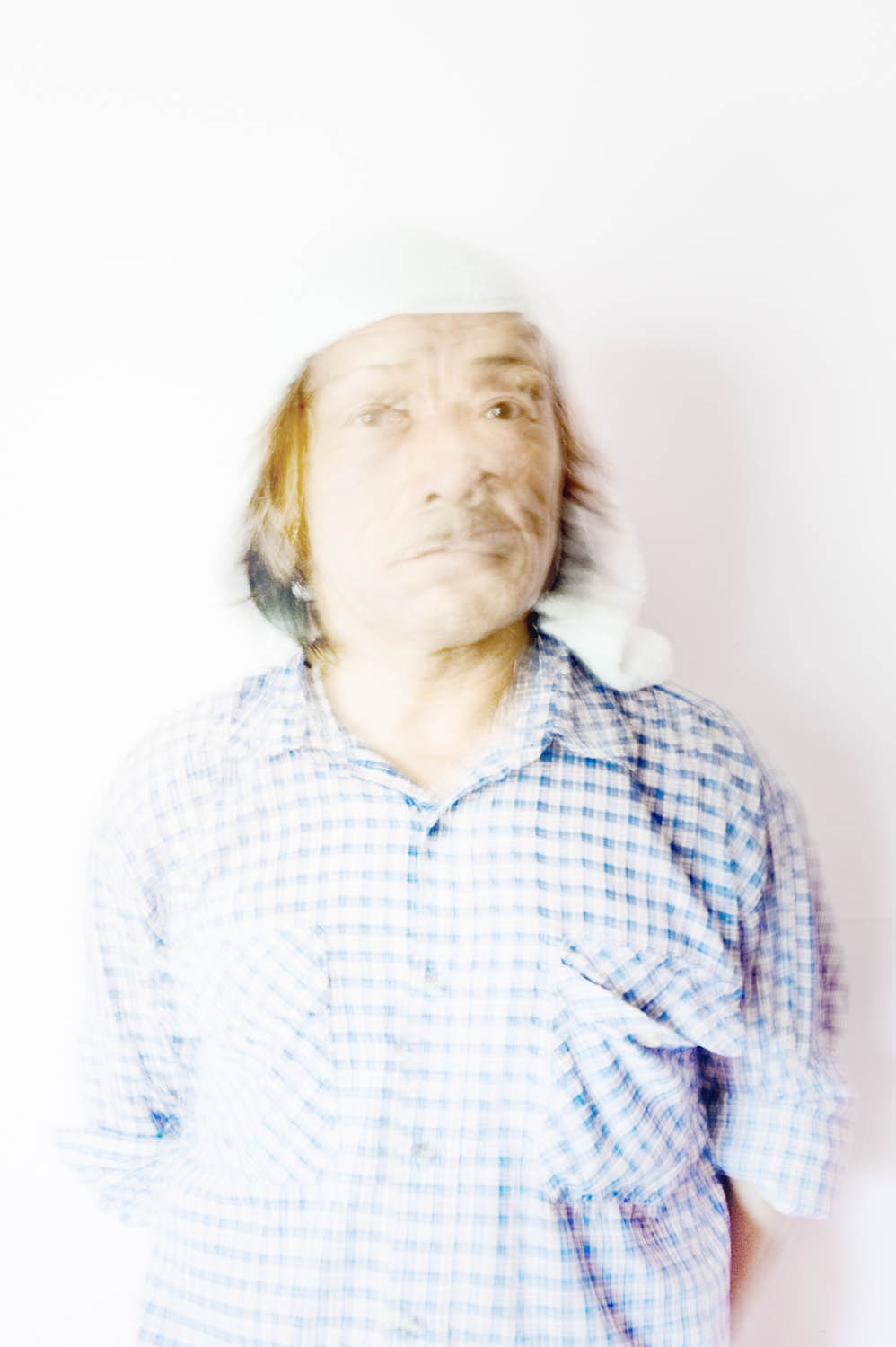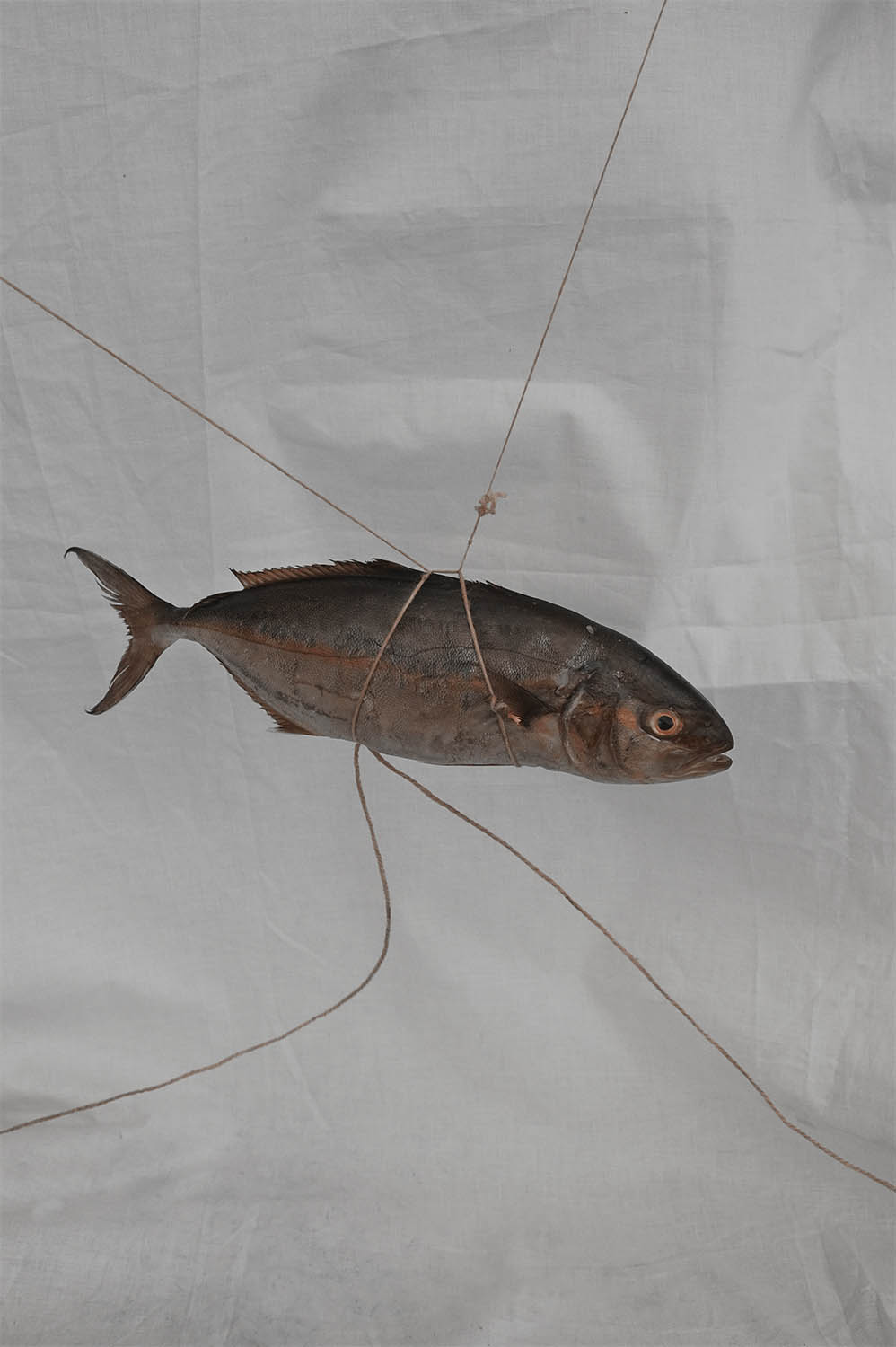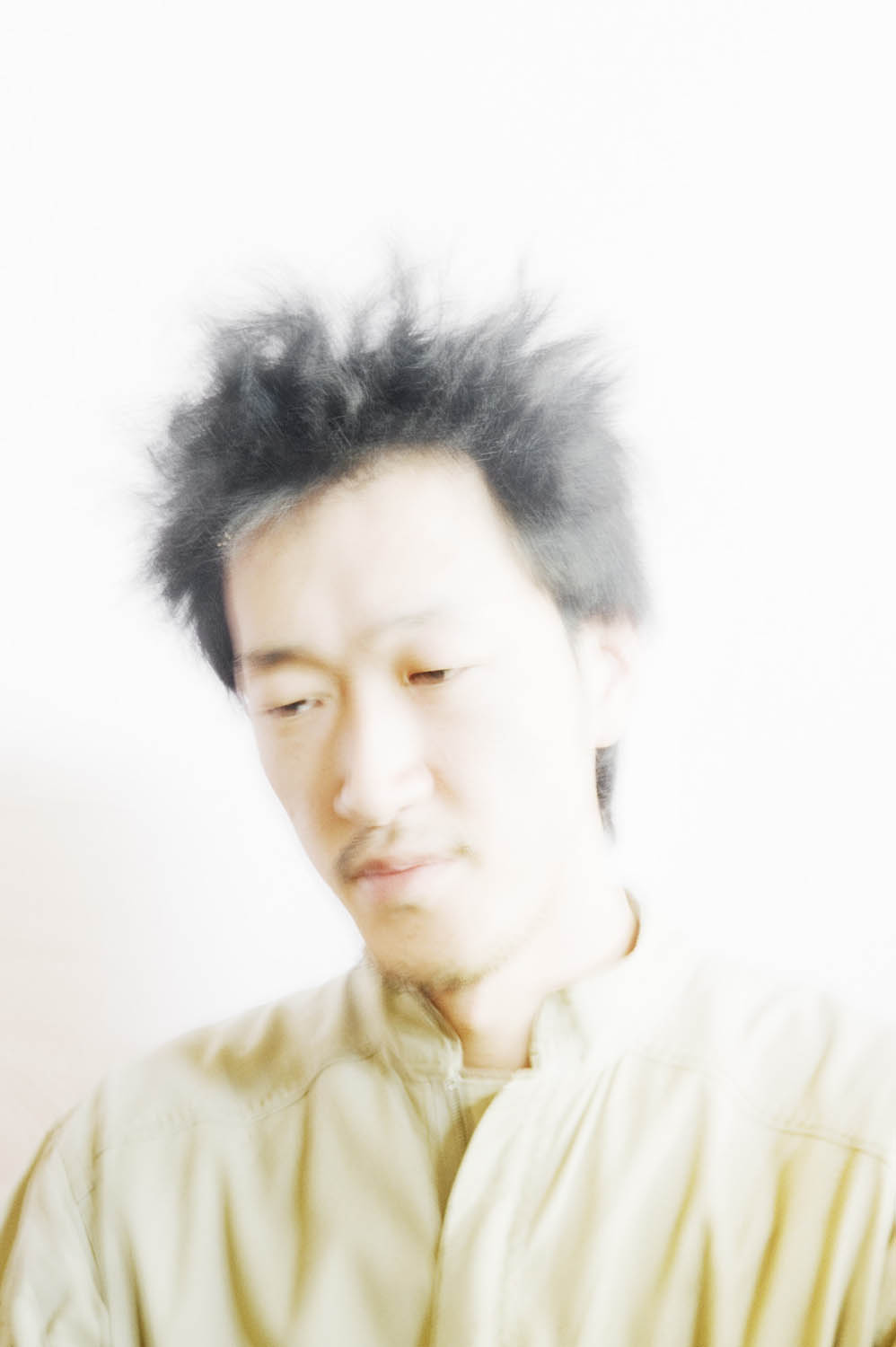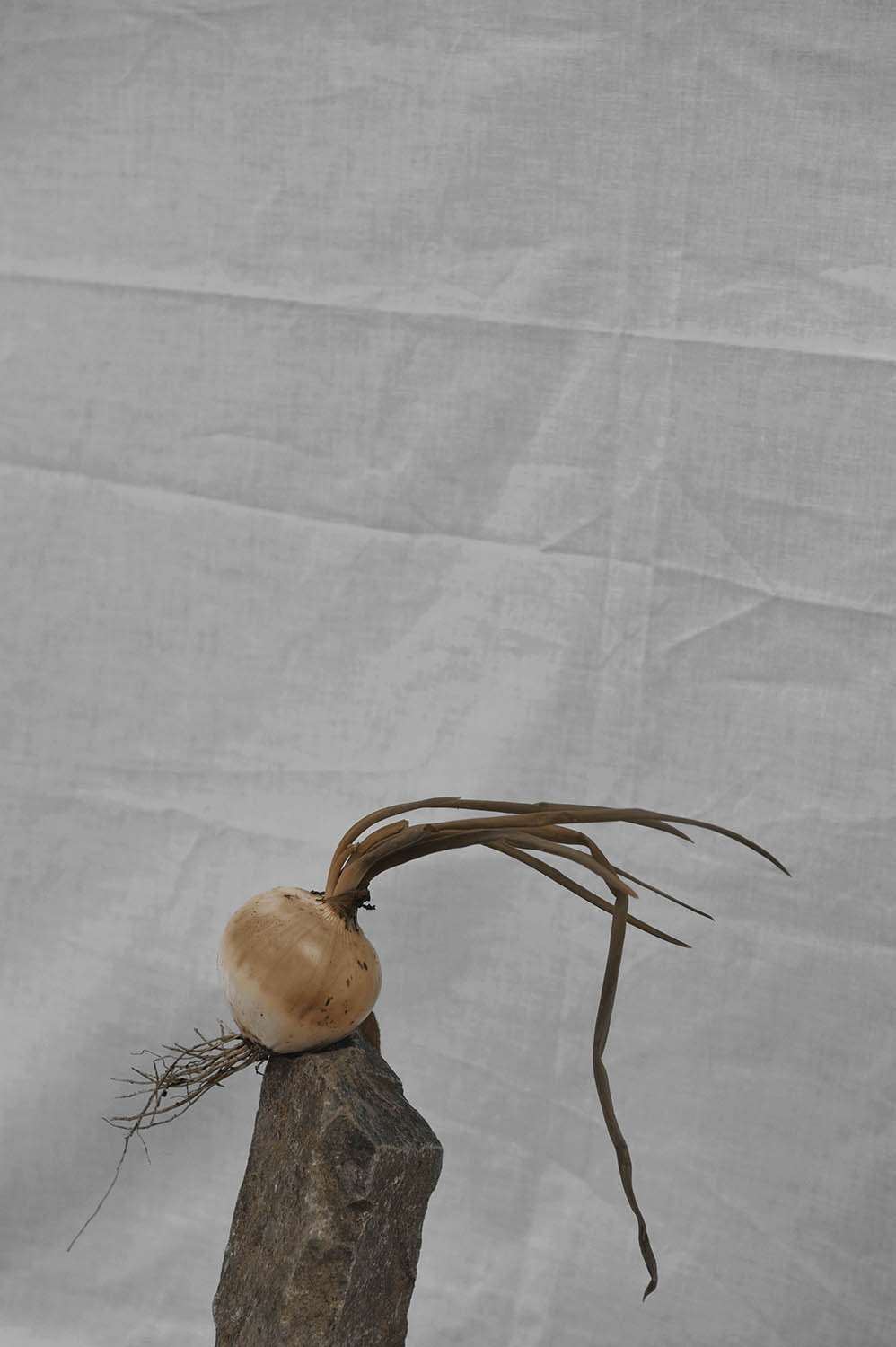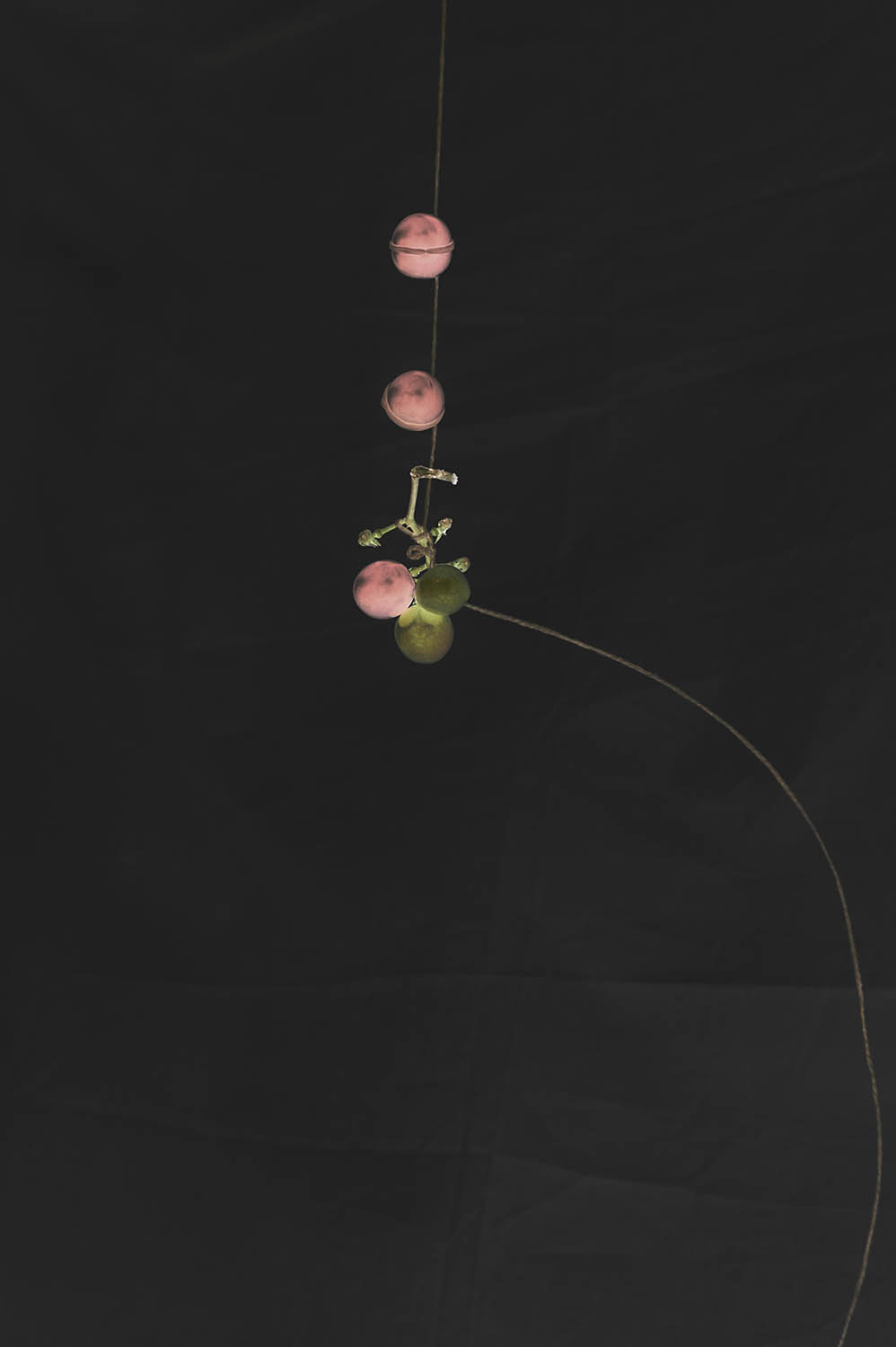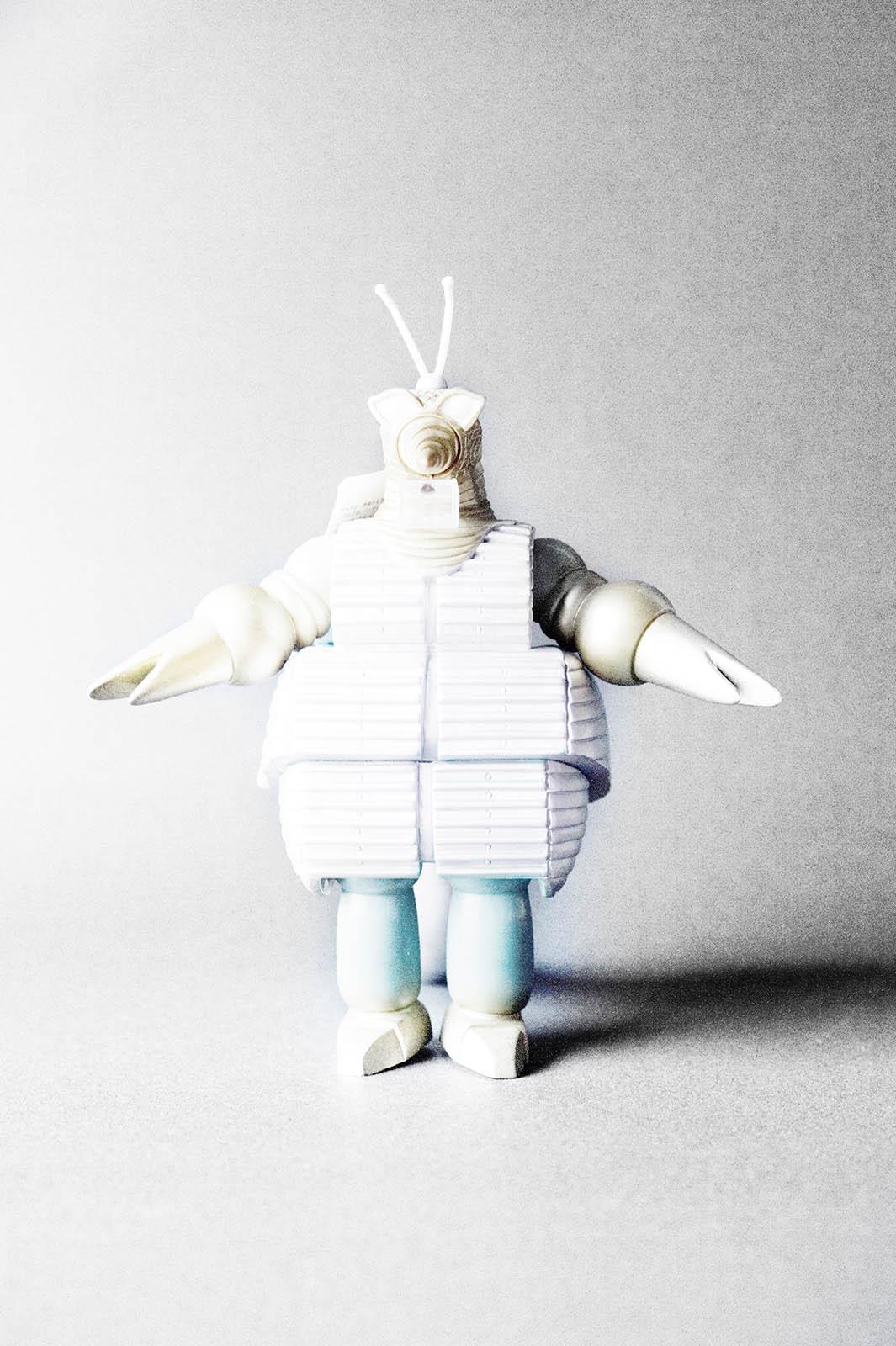Landscape & Other Things Post-Atomic. Cerchiamo di indagare sulle cause profonde della nostra angoscia. Ci guardiamo intorno e siamo presi alla sprovvista dalla bellezza di questo paesaggio post atomico. Può darsi che ci sfugga qualcosa? L’aria sembra essere mite, pura. Il cielo è pieno di stelle. Anche domani lo sarà o ne mancherà qualcuna? Intanto continuiamo a guardarci intorno per capire se un’altra gelida notte porterà dei cambiamenti più evidenti. La realtà è una sola: siamo noi a essere cambiati. I punti fermi delle nostre decorose vite si sono vanificati e dobbiamo rivedere il luogo in cui abbiamo vissuto, alla luce del sole, consapevoli del fatto che un pezzo di questa energia che ci riscalda e ci illumina, brilla in una cripta d’acciaio a pochi chilometri di distanza da noi.
All Food is Radioactive (But the Degree Varies). Alimenti con alti livelli di radioattività. Tra un milione di anni gli scienziati saranno in grado di capire da dove proviene questo cibo, perché i suoi isotopi sono unici e inconfondibili, come lo sarebbero le impronte lasciate da un animale selvatico che freneticamente lo annusasse, marcandolo poi come se fosse di sua proprietà. Solo da allora potrebbe diventare nuovamente commestibile. Naturalmente avrei potuto provare a mangiare questo cibo ma, in realtà mi sono guardato bene anche dal toccarlo. Il rischio sarebbe stato lo stesso che si corre mangiando il pesce Fugu; in fin dei conti pochi sono quelli che rimangono vittime del suo veleno. Piccole porzioni di cibo letale, sospese, in balia del vento. Non si può negare che abbiano una loro bellezza. Ho indossato dei guanti protettivi mentre allestivo i set, e ho percepito quanto valore ci fosse nell’aver riconosciuto e contemplato questa bellezza, da dietro l’apparente vetrina della mia incredulità.
Portraits of Fukushimites. La tragedia dell’11 settembre ha finito con il creare nuovi gruppi di persone, “tribù”, tra la popolazione giapponese. Personaggi post-biblici il cui rapporto con la terra di appartenenza ha finito con l’essere regolato dalle circostanze e dall’attesa. Tutto ciò che rientrava nell’ordinario ha finito con il mutare in qualcosa dai contorni indefiniti per le 80.000 persone colpite dal disastro nucleare – osservate come guardano con la stessa profonda espressione di dubbio un cielo pieno di nubi e la terra sotto i lori piedi? Le loro esistenze sono pervase di scettiscismo. In quale direzione stanno andando? Quale futuro le aspetta? Mi sono sforzato di seguire queste persone nel loro quotidiano girovagare tra le macerie e i rifiuti accatastati a regola d’arte e ho finito per imbattermi in attori spossati da un periodo troppo lungo di inattività. Senza alcun entusiasmo osservavano la televisione, dove altri individui che indossavano mascherine mediche simili alle loro, dimostravano di non saper molto di più su quanto stava accadendo. Nessuno sembrava in grado di poter condurre un’esistenza che non fosse dominata da un’assoluta incertezza. Attendevano che qualcosa di nuovo potesse finalmente accadere.
Testi di Larry Frolick



